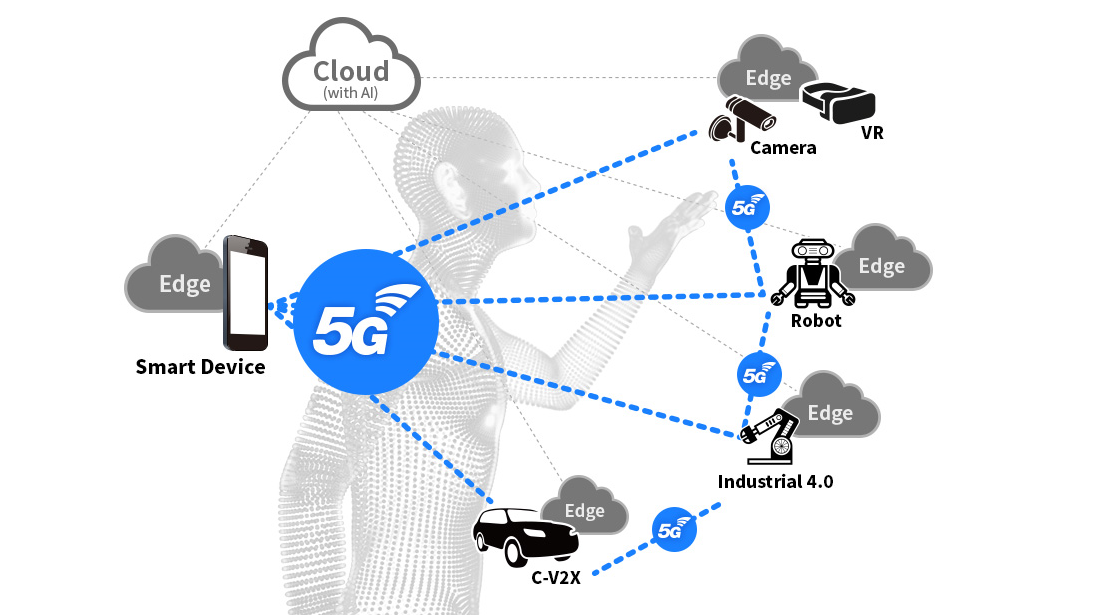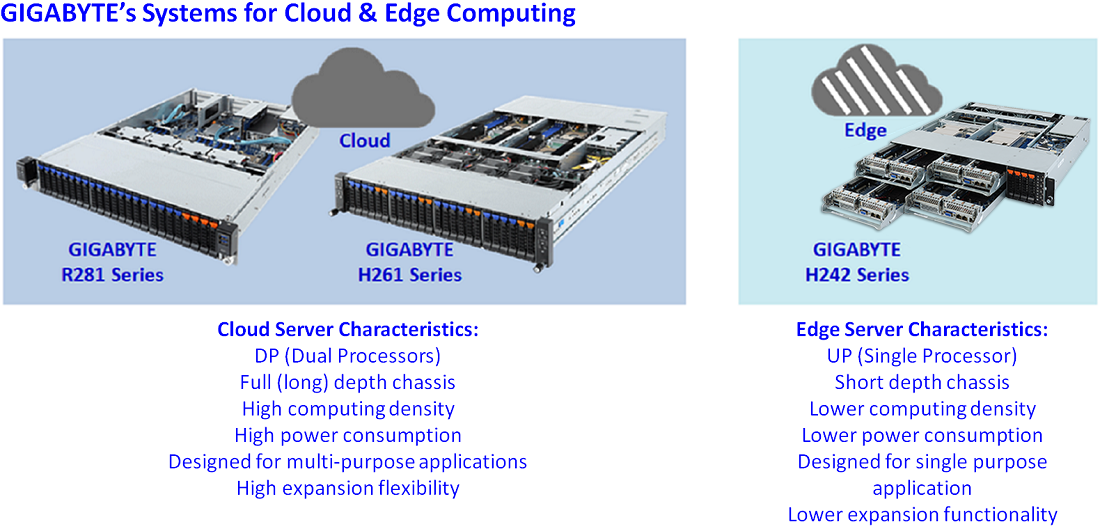5G
Looking Towards 5G and the Transformation of Our Technology Ecosystem
When everything in the world becomes connected to the internet, human society will become a huge, highly intelligent organism. The “brain” of this organism will be the cloud, and its limbs will be a variety of end applications such as smart phones, AI-enabled robots, self-driving cars and smart factories.


Figure 1. 5G Ecosystem: from the Cloud to the Edge
A New Ecosystem for 5G: the Expansion of Arm Computing Architecture
A New Ecosystem for 5G: the Rapid Rise of Edge Computing

Figure 2. GIGABYTE H242 Server Series for Edge Computing
A New Ecosystem for 5G: Competition between the US, China and Major Vendors
Get the inside scoop on the latest tech trends, subscribe today!
Get Updates
Get the inside scoop on the latest tech trends, subscribe today!
Get Updates

















